بيل نيبيكر
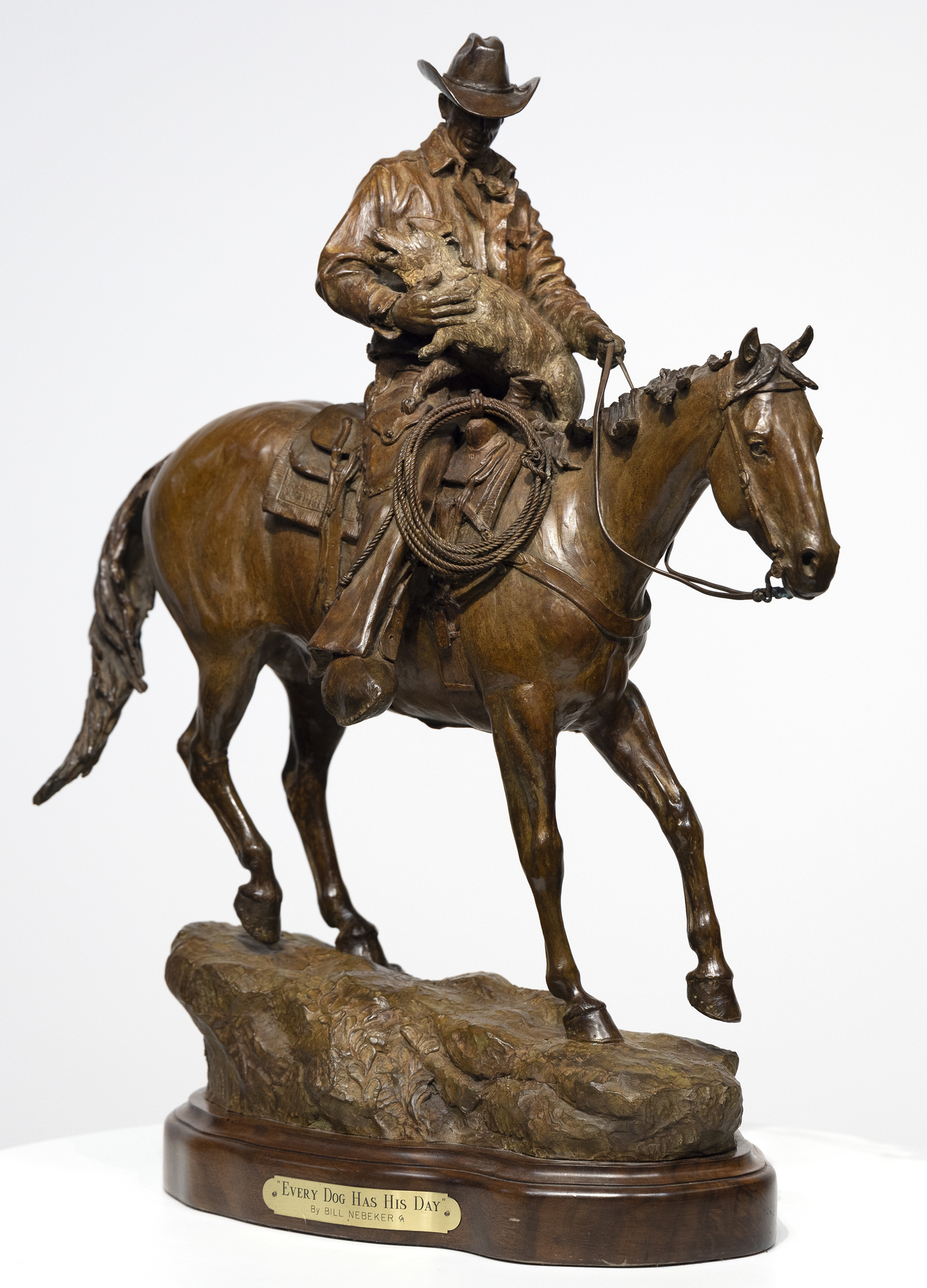
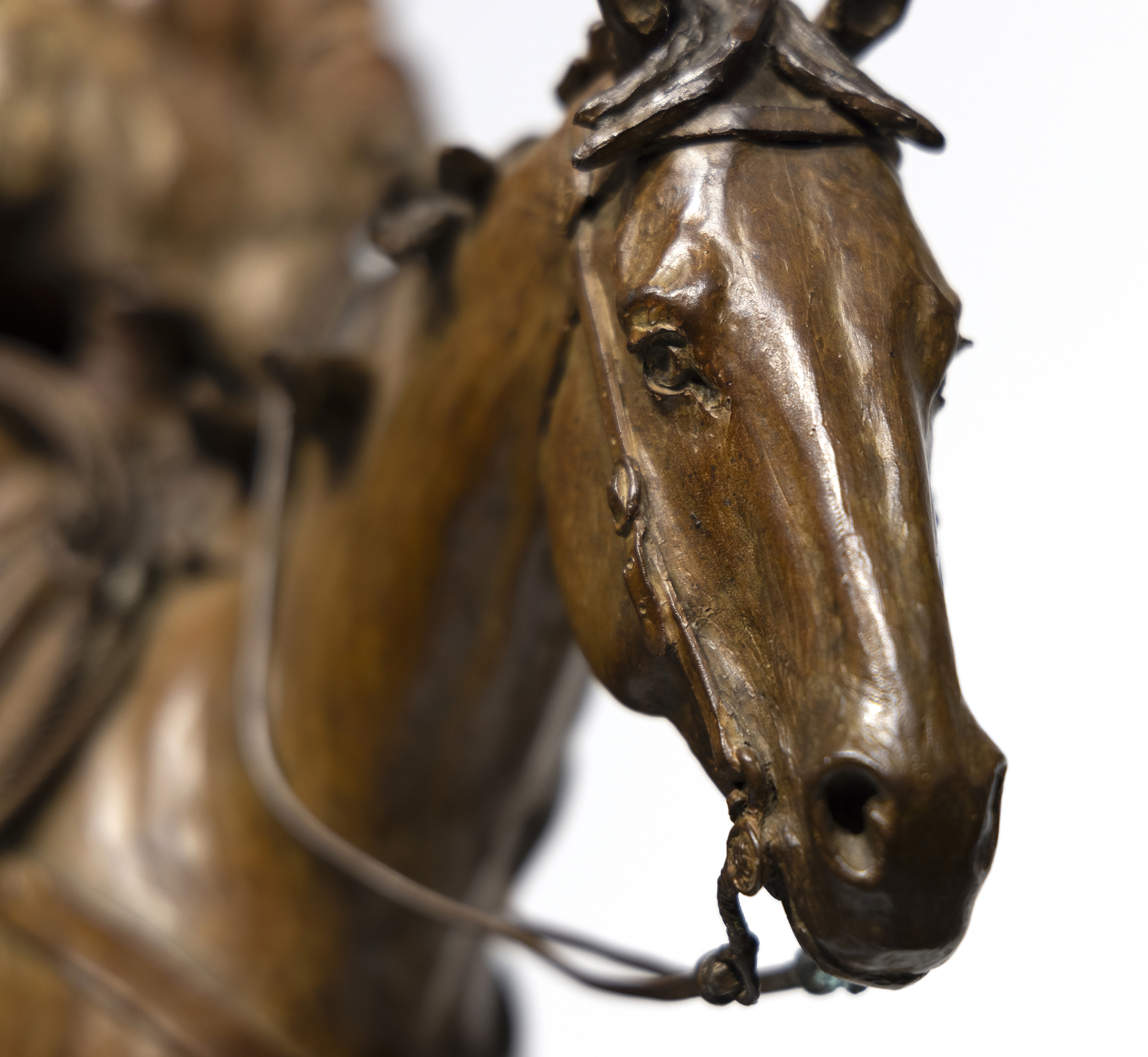
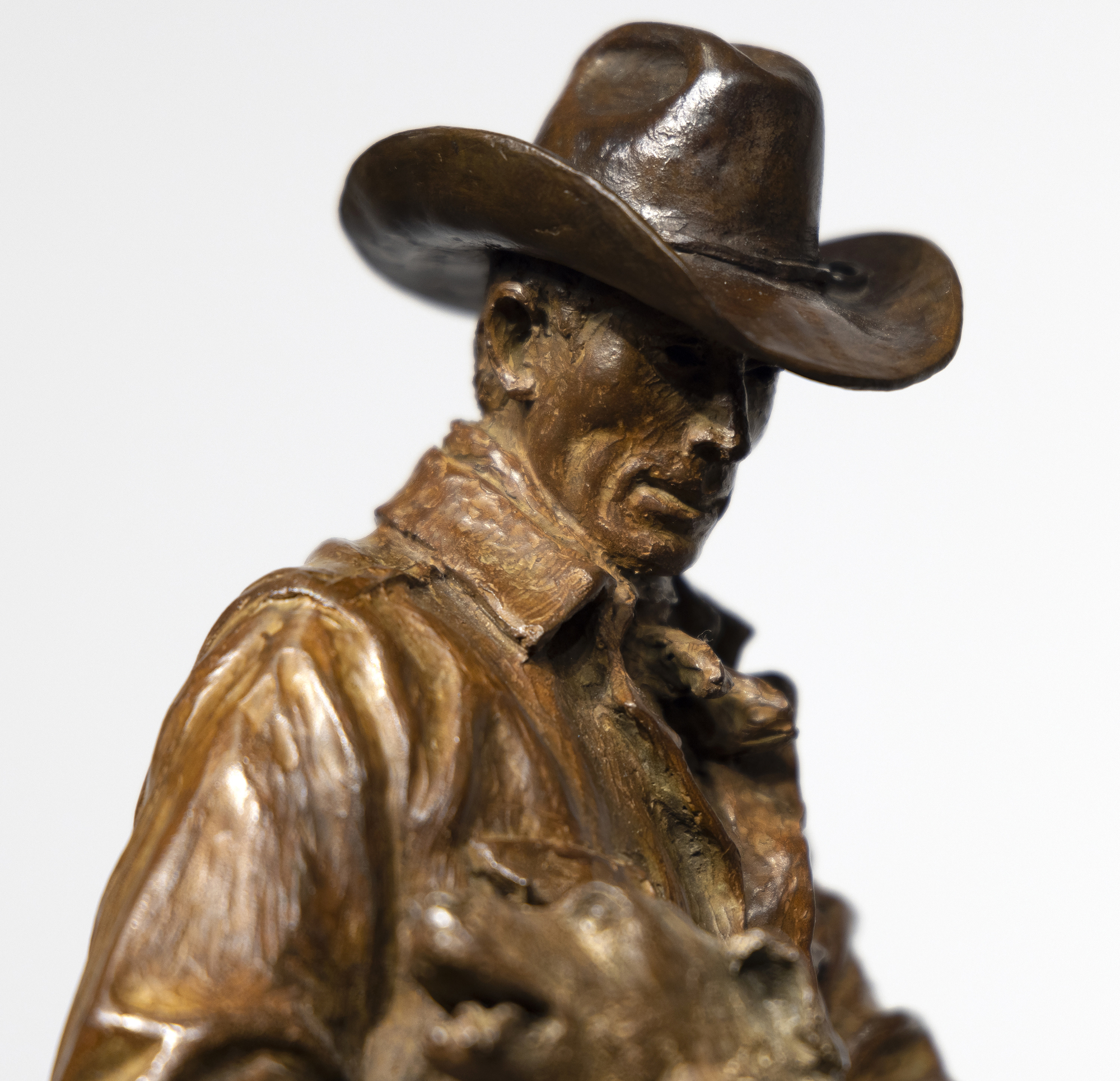
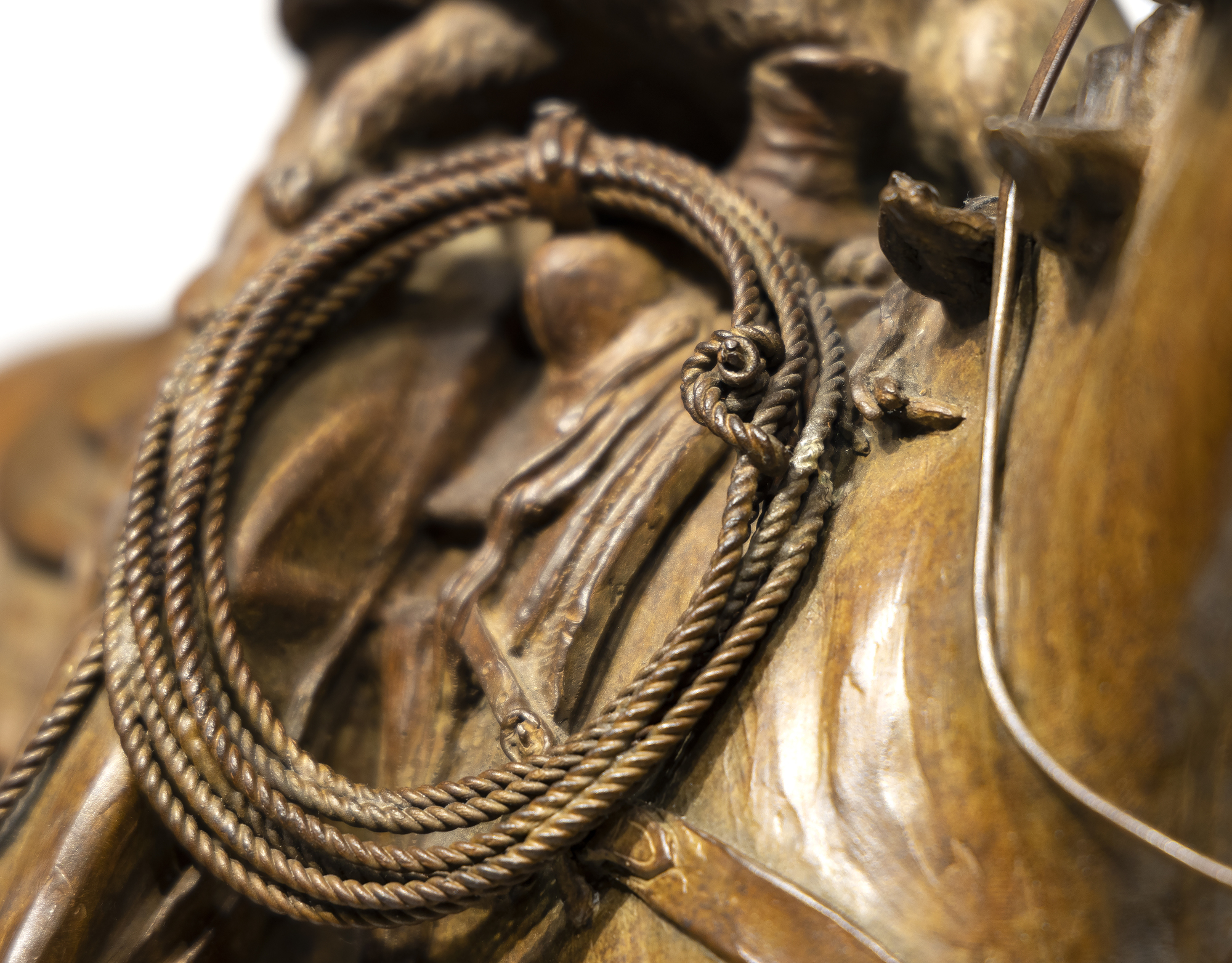
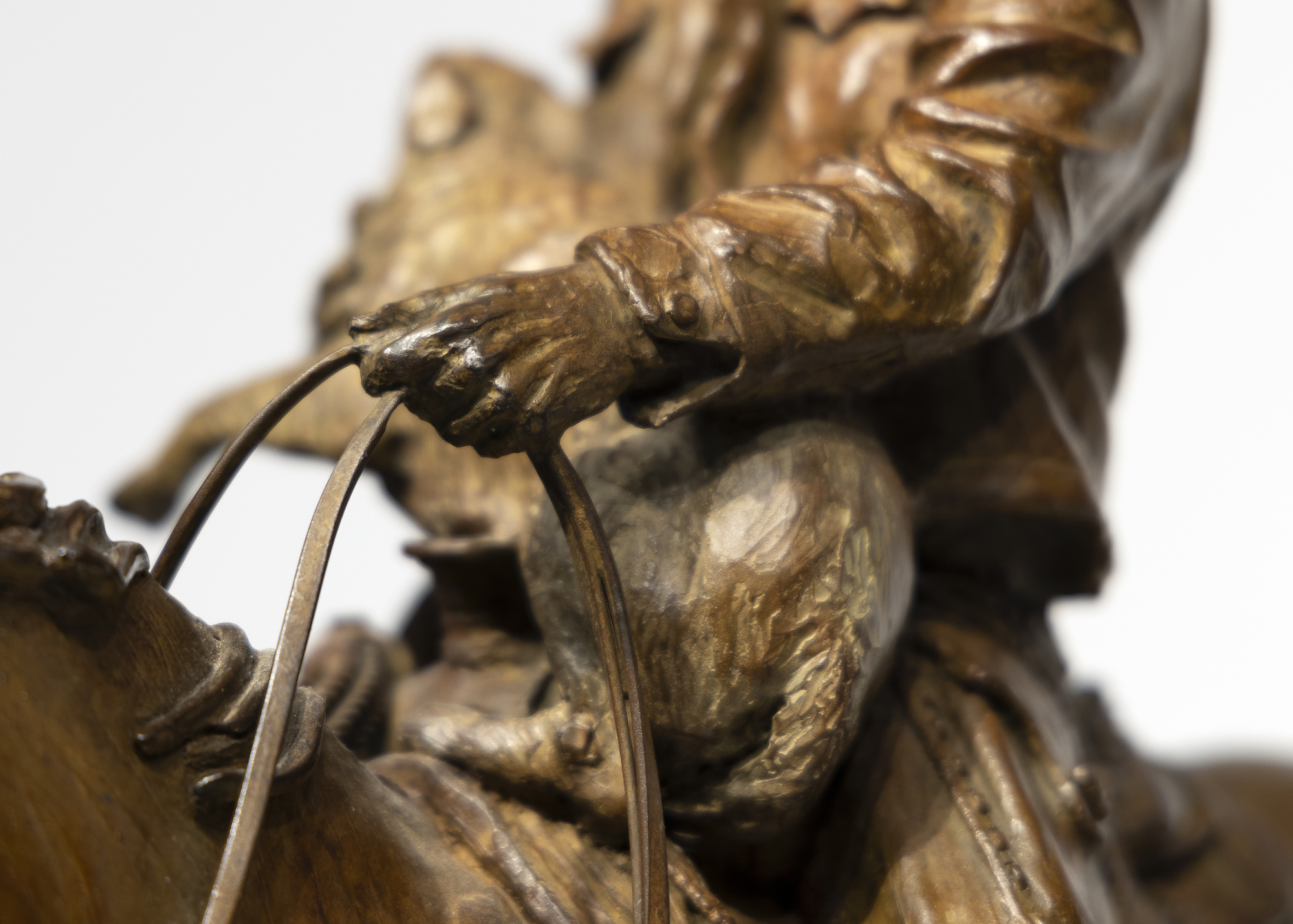
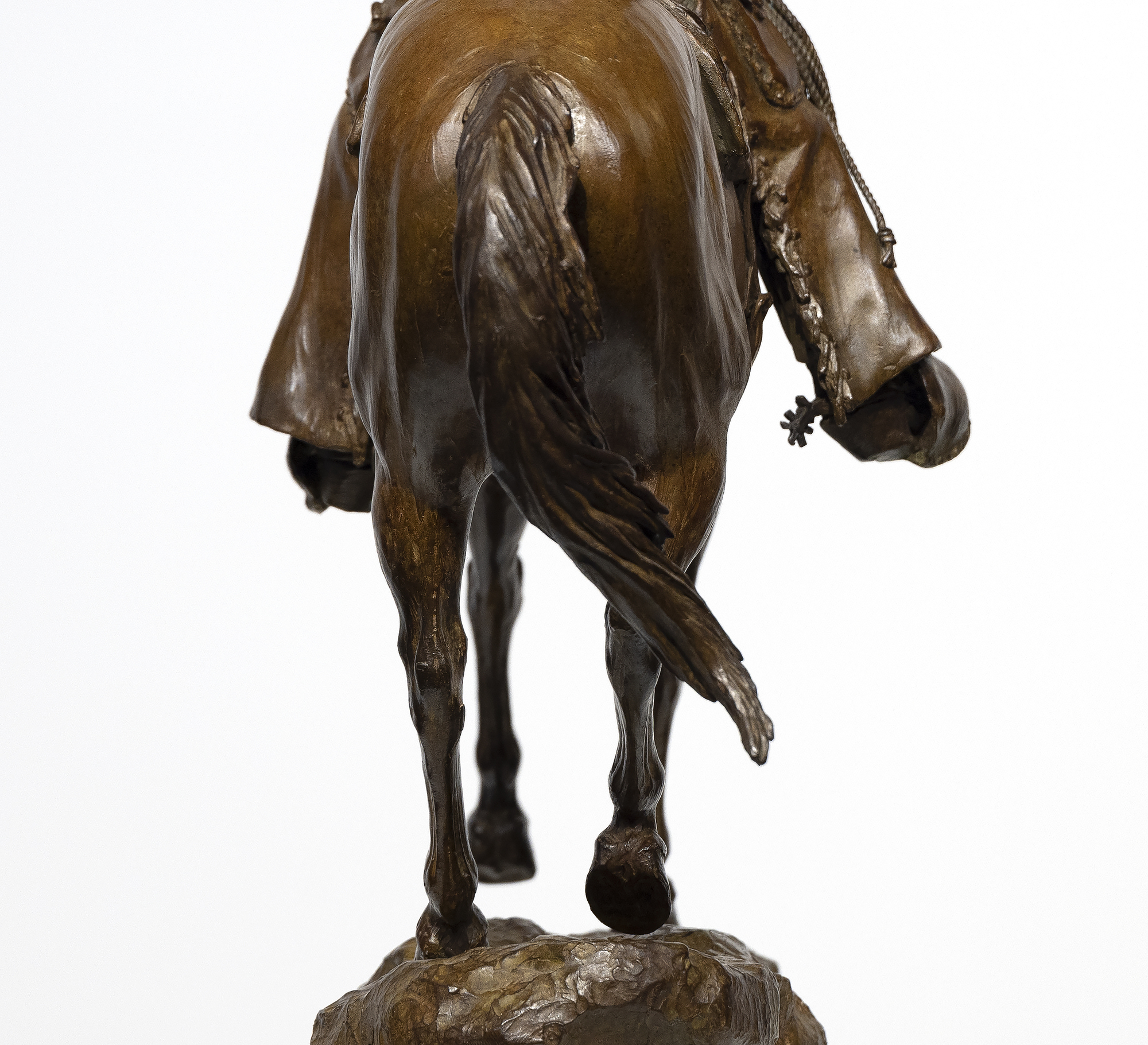
الاصل
مجموعه خاصهمنحوتات نيبيكر مدروسة جيدا ومثيرة للإعجاب كتصوير أصيل للغرب الأمريكي التاريخي في تقليد تشارلز راسل وفريدريك ريمنجتون. كما يذكرنا نيبيكر بسرعة ، "الفن الغربي صادق وواقعي. يصور الفن الغربي طريقة حياة يأخذها الناس على محمل الجد. إذا لم تصورها بشكل صحيح ، فإنها تزعج أولئك الذين يعرفون ما هو حقيقي. تباع منحوتات نيبيكر في كل من الأسواق الأولية والثانوية.


